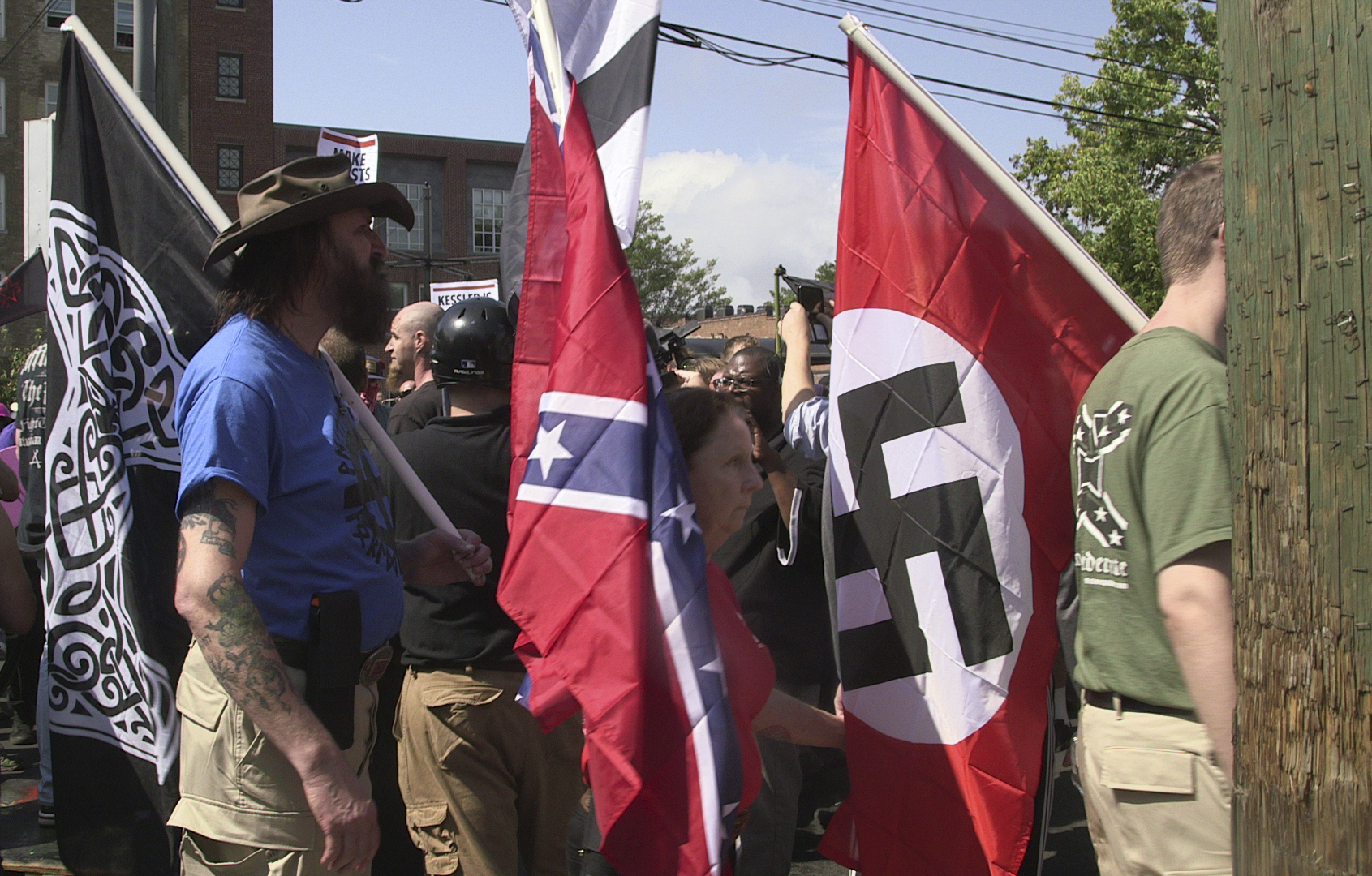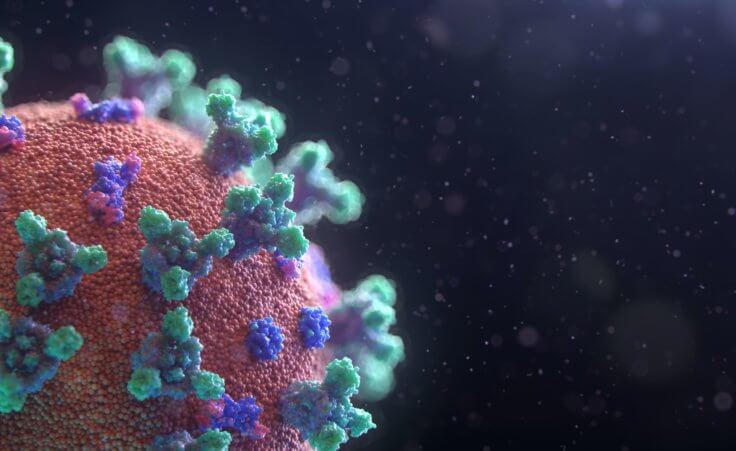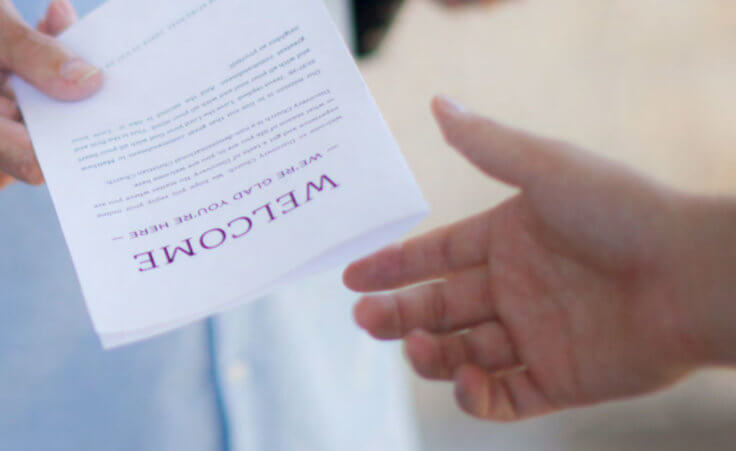
Photo by Emily Molli/NurPhoto
The world’s oldest man died yesterday. Yisrael Kristal was 113 years old. Remarkably, he was the only member of his immediate family to survive the Holocaust. The rest were among the six million Jews murdered by Nazis. More than a million of them were children.
I have visited Yad Vashem, the Holocaust Museum in Jerusalem, many times. Each time I weep anew for those lost to such senseless violence. I have also visited Germany numerous times. Last week, my wife and I spent a day in Berlin, where we were deeply impressed by the sophistication of the city and its culture.
Germany has produced some of history’s greatest minds. Albert Einstein, Immanuel Kant, Albert Schweitzer, Ludwig van Beethoven, Johann Sebastian Bach, Max Planck, Johannes Kepler, George Frideric Handel, Johannes Brahms, Wernher von Braun . . . the list goes on. How could such a brilliant society fall prey to the lies of Nazism?
The ideology of Hitler
“Nazi” is an abbreviation for “Nationalsozialistische Deutsche Arbeiterpartei,” the National Socialist German Workers’ Party. After their defeat in World War I, Germans were suffering economic deprivation and desperate for new leadership. Adolf Hitler promised to pull them from the Depression and restore them to their “rightful place” as a world power.
He followed the tried-and-true three-step political formula: (1) Convince people that they have an enemy; (2) convince them that they cannot defeat their enemy; (3) convince them that he will defeat their enemy if they vote for him. In this case, the primary “enemy” was Judaism.
Hitler told Germans that the so-called “Aryan” people (primarily North Europeans) were the superior race. Their supposed superiority granted them the right and obligation to rule other races and peoples for the benefit of mankind.
Jews, by contrast, were identified as the enemy holding back this “master race.” Hitler blamed them for Germany’s loss in World War I and its resulting economic deprivation. He also accused Jews of inventing Communism, another threat to Germany’s future.
Hitler’s anti-Semitic political agenda gained a wide following in Germany, leading to his appointment as German chancellor on January 30, 1933. Later that year, the Nazi regime established its first concentration camps and began imprisoning political opponents, homosexuals, Jehovah’s Witnesses, and others it deemed “dangerous.” Over the next six years, the regime enforced more than four hundred decrees and regulations restricting all aspects of German life. And it began the military expansion that led to World War II.
The popularity of Nazism today
In significant ways, world events today parallel those that led to the rise of Nazism eight decades ago. Some view the rise of immigration in Europe and America as a threat to their economic future. They argue that programs intended to help racial minorities have victimized white people and jeopardized their future.
And they claim that Jews continue to monopolize the global economy to their benefit and the oppression of others. Janet Yellen, the Federal Reserve chair, is Jewish, as is Jack Lew, the former Treasury secretary. Sergey Brin (cofounder of Google), Michael Bloomberg (former mayor of New York City), Michael Dell (founder of Dell Computers), Jeff Zucker (president of CNN), Larry Ellison (founder of Oracle), Steve Ballmer (former CEO of Microsoft), and billionaire George Soros (founder of Soros Fund Management) are all Jewish. Jared Kushner, the president’s son-in-law and personal advisor, is Jewish as well.
Any time a country faces an uncertain future, some turn to the past. Neo-Nazis are rising in popularity wherever white people feel threatened and victimized. But there’s more to the story.
Racial prejudice is one way inferior people justify themselves. They find a group of people to blame rather than taking responsibility for their struggles. And they decide that they are innately superior to others on the basis of unchanging factors such as skin color and racial heritage.
For instance, if a white person decides that black people are racially inferior to him, he can go through life feeling superior to an entire population class. No matter his educational, financial, or social failings, he considers himself innately superior to blacks. This is the perverted promise Hitler made to his “Aryan” people. It is the same perversion racists of all categories claim for themselves today.
How to respond to Nazis and other racists
What biblical truths should guide us as we respond to the rising racism and Nazism of our day? Consider three principles.
One: God made only one race—the human race.
Every human is created in God’s image (Genesis 1:27). We are all descendants of Adam and of Noah. Caucasians, Africans, Arabs, Indians, Jews, and Asians are not different races—they are different ethnicities of the same human race.
Two: Our Father loves all his children and calls us to do the same.
The most famous verse in Scripture teaches that God loves “the world” (John 3:16). Jesus commanded us to love each other as he loves us (John 13:34). Those who act with prejudice are “judges with evil thoughts” (James 2:4).
Three: We need God’s help in loving God’s children.
Whether motivated by racism or not, we all struggle to love everyone. No one goes through life unscathed by humanity. We have all been hurt by someone, just as we have all hurt someone. We cannot forgive fully without the power of the One who forgives us. The good news is that we can do all things through Christ who strengthens us (Philippians 4:13).
Corrie ten Boom, the famous Holocaust survivor, once experienced such a miracle. Here’s how she told the story:
“It was at a church service in Munich, Germany, that I saw him, the former S.S. man who had stood guard at the shower room door in the processing center at Ravensbruck. He was the first of our actual jailers that I had seen since that time. Suddenly it was all there—the roomful of mocking guards, the heaps of clothing, Betsie’s pain-blanched face.
“He came up to me as the church was emptying, beaming. ‘How grateful I am for your message, Fraulein,’ he said. ‘To think that, as you say, He has washed my sins away!’
“His hand was thrust out to shake mine. And I, who had preached so often . . . the need to forgive, kept my hand at my side. Even as the angry, vengeful thoughts boiled through me, I saw the sin of them. Lord Jesus, I prayed, forgive me and help me to forgive him.
“I struggled to raise my hand. I could not. Again I breathed a silent prayer, Jesus, I cannot forgive him. Give me Your forgiveness.
“As I took his hand, the most incredible thing happened. From my shoulder along my arm and through my hand, a current seemed to pass from me to him, while into my heart sprang a love for this stranger that almost overwhelmed me.
“I discovered that it is not on our forgiveness any more than on our goodness that the world’s healing hinges, but on His. When He tells us to love our enemies, He gives, along with the command, the love itself.”
Conclusion
Yisrael Kristal was not the only famous person connected to the Holocaust to die this week. Seventy-six years earlier, a Catholic priest named Maximilian Kolbe was executed by the Nazis. Here is his story.
Father Kolbe was a Polish priest sent by the Nazis to Auschwitz. In July of 1941, a man escaped from their barracks. As punishment, ten prisoners were chosen to die in the starvation bunker. They would receive no food or water. Their throats would turn to paper, their brains to fire, until finally their suffering ended in a horrible death.
One of the ten began grieving loudly for his wife and children. Suddenly there was a commotion in the ranks. A prisoner had broken out of line, calling for the commandant—cause for execution.
The prisoners gasped. It was their beloved Father Kolbe, the priest who shared his last crust of bread, who comforted the dying, who heard their confessions and fed their souls. The frail priest spoke softly and calmly to Nazi Camp Commandant Fritsch: “I would like to die in place of one of the men you condemned.” He pointed to the weeping prisoner grieving for his wife and children.
Fritsch compared the two; this priest indeed looked weaker than the man he had condemned to death. He looked at his assistant and nodded. Father Kolbe’s place on the death ledger was set. The men were made to remove their clothes, then herded into a dark, windowless cell. “You will dry up like tulips,” sneered one of their jailers. Then he swung the heavy door shut.
As the hours and days passed, the camp became aware of something extraordinary happening in the death cell. Past prisoners had spent their dying days screaming, attacking each other, clawing at the walls. But now, coming from the death box, they heard the faint sounds of singing.
On August 14, 1941, there were four prisoners still alive in the bunker, and it was needed for new occupants. In the light of their flashlight, the Nazi soldiers saw Father Maximilian Kolbe, a living skeleton, propped against one wall. His head was inclined a bit to the left. He had a smile on his lips, his eyes wide open, fixed on some faraway vision. He did not move. The Nazi doctor gave lethal injections to the first three prisoners, then to Father Kolbe. In a moment, he was dead.
Today, visitors to the starvation bunker at Auschwitz find on its floor, next to a large spray of fresh flowers, a steady flame. It is burning today. It will burn forever. (Adapted from Charles Colson and Ellen Santilli Vaughn, The Body: Being Light in Darkness [Dallas: Word Publishing, 1992] 318–27.)
What price will you pay to love those for whom Jesus died?












